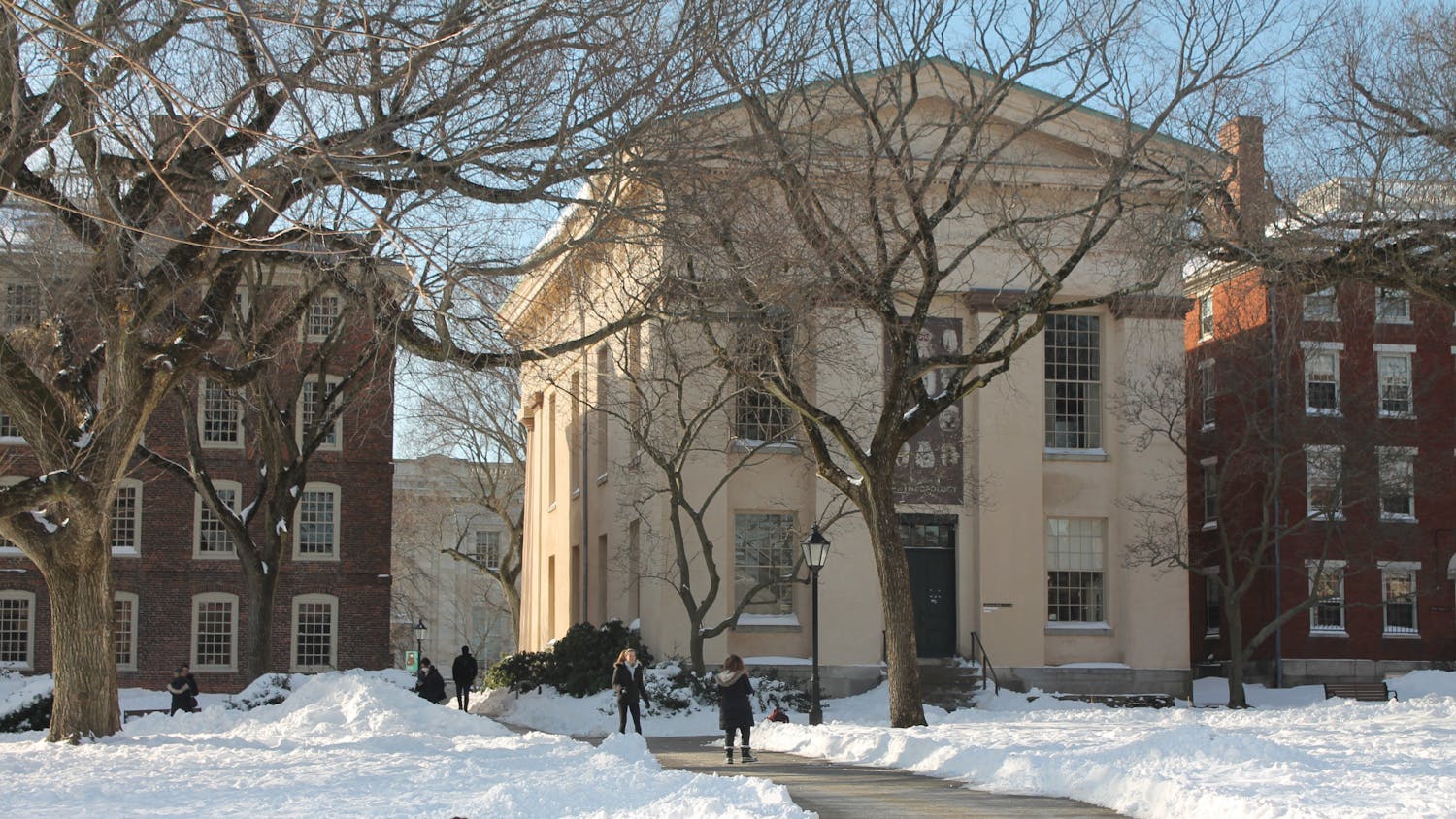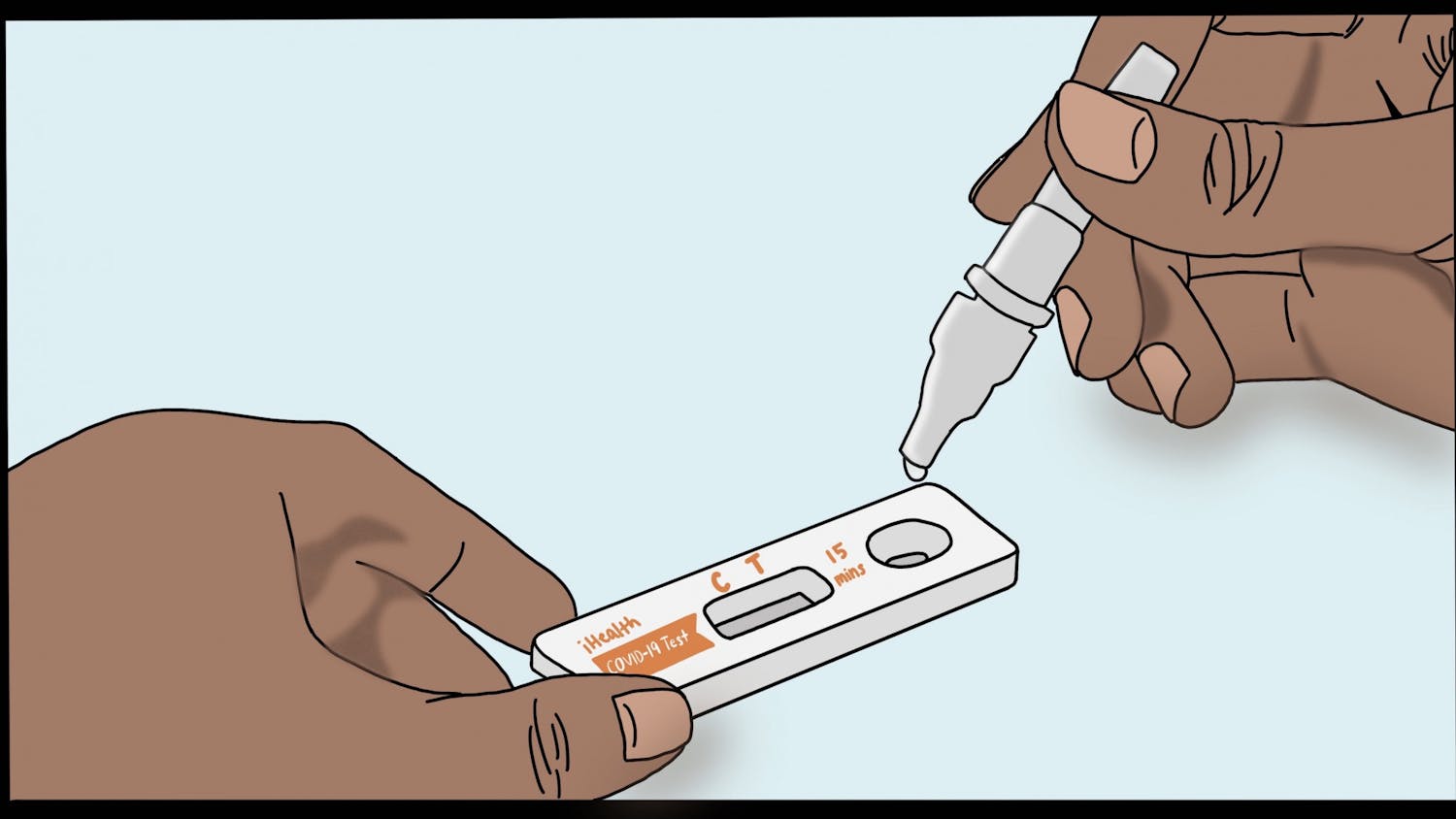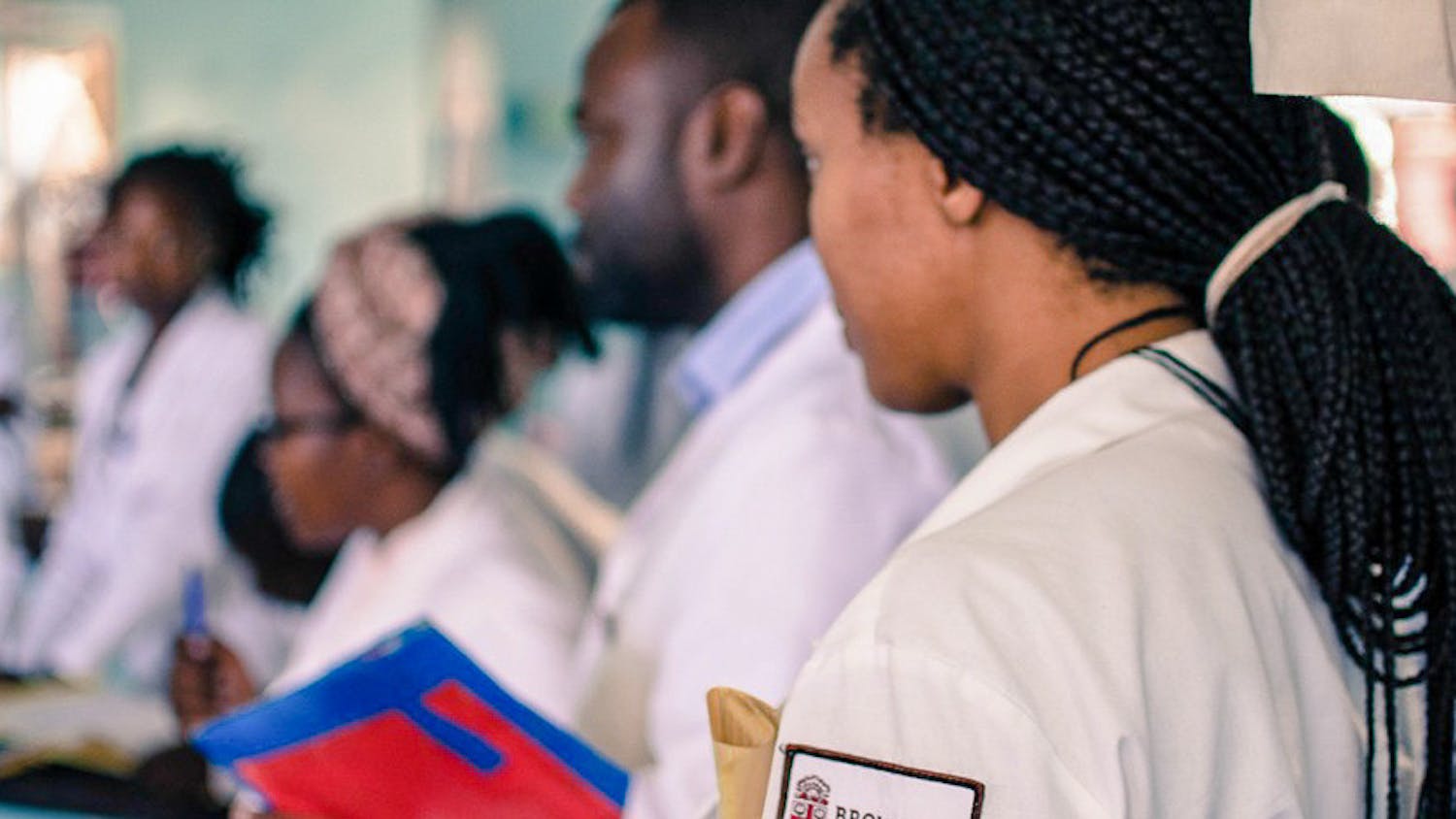Five University professors were elected as 2021 fellows by the American Association for the Advancement of Science. The AAAS is the “world’s largest general scientific society and publisher of the Science family of journals,” according to the AAAS website.
The 2021 class of AAAS fellows consists of “564 scientists, engineers and innovators from around the world.” Fellows are awarded in recognition of their “scientifically and socially distinguished achievements in the scientific enterprise,” according to the AAAS website.
AAAS members are nominated by colleagues and peers. These nominations are first reviewed by the association’s subject-specific steering groups and then ultimately voted on by the AAAS Council, according to the website.
Recipients of the AAAS Fellowship are expected to maintain “commonly held standards of professional ethics and scientific integrity” as this fellowship is a “lifetime honor.”
Ming Xian, professor of chemistry
The AAAS recognized Xian for his “distinguished contribution to the chemistry and chemical biology of reactive sulfur species,” he said.
“I feel very honored (and) very humbled to join this group of scientists,” Xian said. He added that many of his past role models, like his former PhD and postdoctoral supervisors, were also named as AAAS fellows, so joining them is “a really great honor.”
Xian will continue to focus his research on these reactive sulfur species — molecules that have “lots of potential in the biomedical field” for “disease treatment and diagnostic purposes” according to Xian.
In regards to his long-standing interest in chemistry, Xian said “I think it's fun to discover new things (and) to solve unsolved problems.” He hopes his election as a AAAS fellow will “inspire students to (go) into science fields,” he added.
Dan Abramovich, professor of mathematics
Abramovich was recognized for his “contributions to algebra, arithmetic geometry” and his mentoring of graduate students, he said.
“Whenever one gets some recognition, … it gives encouragement to continue doing things you have been doing and redouble your efforts,” Abramovich said.
Abramovich’s research contributes to the theory of singularities. A singularity, or a point of a mathematical function that cannot be defined, can be thought of as a corner in your room where three planes meet, Abramovich explained.
Specifically, Abramovich studies the resolution of singularities in order to better understand them. A singularity is “something that one tries to avoid,” he said.
“What makes me proud is the achievements of my students,” Abramovich said. “My contribution to the next generation of mathematicians … is something I’m really proud of.”
Walter Atwood, professor of medical science
Over the past 30 years, Atwood’s scientific achievements have focused on “understanding how the John Cunningham virus — a human polyomavirus — invades susceptible cells to cause disease,” he said.
Though the JC virus is commonly contracted and does not normally result in disease, it can be harmful to “specific populations of immunosuppressed people such as HIV/AIDS patients or patients with varying autoimmune diseases such as multiple sclerosis that are being treated with immunomodulatory drugs,” Atwood said.
In these immunosuppressed people, the virus can invade the central nervous system and cause a fatal disease known as progressive multifocal leukoencephalopathy, he added.
“When I first learned of my election as a fellow, I was very humbled to hear that it's the largest general science society in the world and it's very competitive to be elected,” Atwood said. He also expressed gratitude towards his colleagues who had nominated him for election to the academy.
“I've been very fortunate to have had numerous people help along the way,” Atwood said, thanking the postdocs, graduate students, undergraduate students and research staff for their contributions to his success.
Anne Church Hart, professor of neuroscience
Hart was recognized for her “contributions using genetic approaches in C. elegans, a roundworm, to try and understand mechanisms underlying neurodegenerative diseases” and her “contributions to the field of sleep and behavior,” she said.
Being elected as a fellow of the AAAS is an “honor, especially because it comes from my colleagues and peers in the field,” Hart said.
Currently, Hart uses genetic approaches to work on “ALS, frontotemporal dementia … and Huntington’s disease.” She also studies sleep and fatigue using C. elegans, which have a “sleep-like state that, in the very basic level, (is) very similar to that of other animals, including us,” she said.
“All the science we have done is a group and community effort,” Hart said. “It’s a real pleasure to be part of the C. elegans community.” Hart also acknowledged the work of the fellows, graduate students and undergraduate students in her lab.
Jill Pipher, professor of mathematics
Pipher, vice president for research and founding director of Brown's National Science Foundation Mathematics Institute, has used her training in mathematical sciences to “pull together the right university-wide team to solve a problem no one had seen before in my lifetime: how to safely resume lab-based research in a coronavirus pandemic,” she wrote in an email to The Herald.
“I'm very honored to be recognized for my contributions to mathematics and for my leadership in various capacities,” Pipher added.
Some of Pipher’s current research “lies at the intersection of Fourier analysis and partial differential equations: a theoretical study of solutions to a variety of equations that model physical phenomena,” she wrote.
Though Pipher's job in senior administration demands a lot of time, she makes sure to “reserve some time and energy to think about mathematics and to work with (her) students,” she added.





